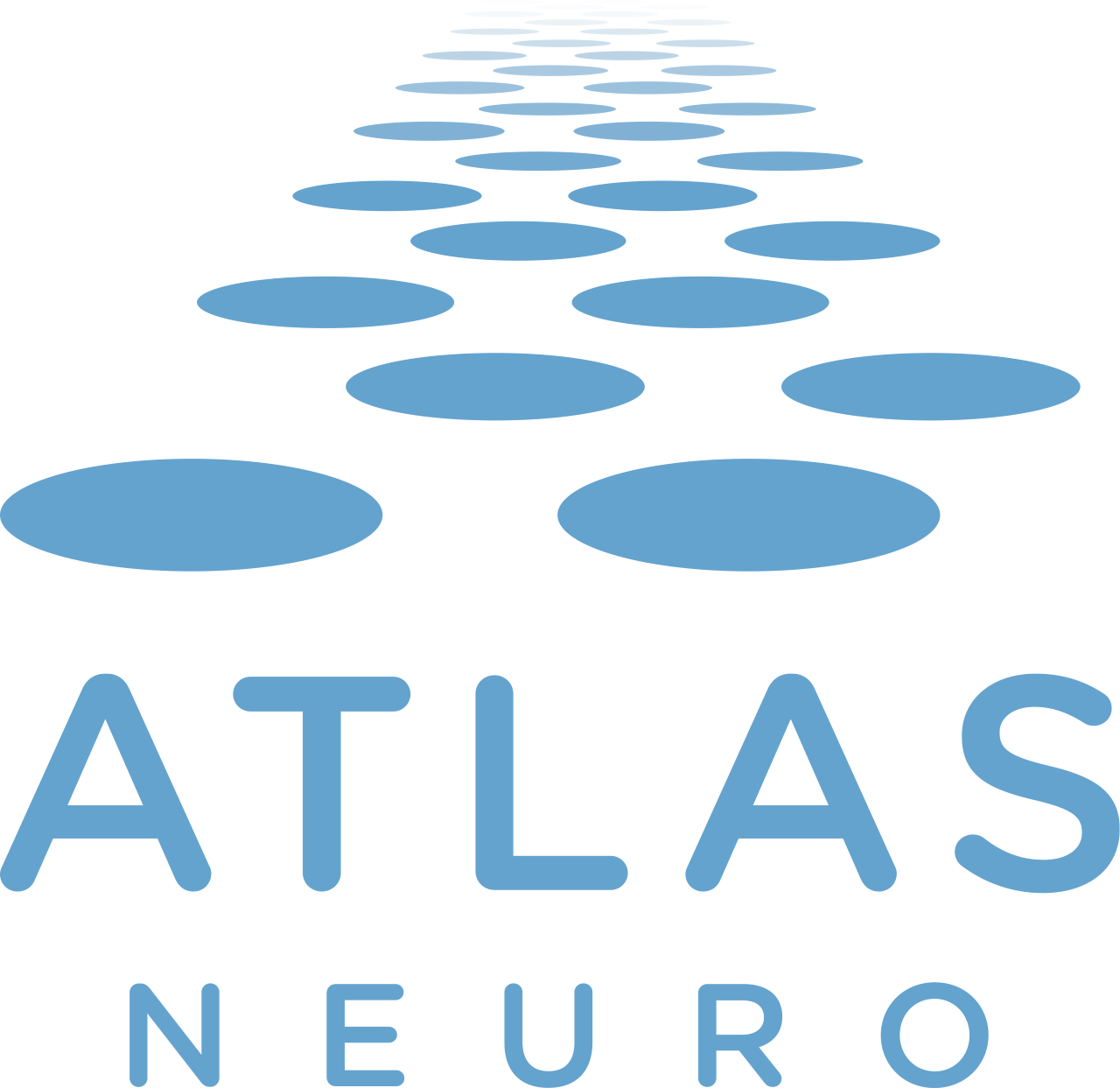Presentation (7) details
Dynamics of spectro-spatial patterns of beta rhythm encode task-related information in macaque motor cortex
Event: GDR Neuralnet 2023 – October 11-13, Marseille (short talk)
Dynamics of spectro-spatial patterns of beta rhythm encode task-related information in macaque motor cortex
Laura López-Galdo, Simon Nougaret, Demian Battaglia, Bjørg Elisabeth Kilavik
[Affiliations:
- Institut de Neurosciences de la Timone (INT), UMR 7289, CNRS, Aix-Marseille Université, 13005 Marseille, France
- Institute for Systems Neuroscience (INS), UMR 1106, Inserm, Aix-Marseille Université, 13005 Marseille, France
- University of Strasbourg Institute for Advanced Studies (USIAS), F-67000 Strasbourg, France]
Beta oscillations (13-30Hz) are predominant in motor cortex, and have been attributed various functional roles. Recently, we described a double dissociation between two frequency bands encompass in the beta range. Acute recordings in two male macaque monkeys showed an anterior-posterior gradient of beta-band dominance across motor cortex in the local field potential (LFP). Low beta (<20Hz) was stronger in primary motor cortex, and it was linked to movement preparation as well as spontaneous postural dynamics, whereas high beta (>20Hz) was more prominent in dorsal premotor cortex, and correlated with temporal task prediction and visuospatial attention (Nougaret et al. 2023, bioRxiv).
After separating the beta rhythm in these two bands, individual beta events still exhibit remarkably variable temporal, spectral and spatial modulations. Therefore, using the same dataset, we investigated the single-trial dynamics of beta power, adding to this analysis the laminar dimension of the signal.
We implemented Non-negative Matrix Factorization (NMF) to break down the high dimensional beta power into a set of spectro-laminar patterns, spanning both the beta frequencies and the cortical depth.
The weights of these patterns were not constant, instead they fluctuated in a time-dependent manner. We detected relatively strong modulations of each pattern with respect to itself, which we named ‘crackles’.
Crackles are somewhat similar to bursts in their transient nature, but not in their absolute amplitude. Since they exceeded a relative threshold, their amplitude is high with respect to themselves, even when generally low compared with the overall power.
We explored crackles by quantifying their rate of occurrence and task-related modulations. We found significant Mutual Information between the crackle rate and specific task variables (e.g., condition cue), which in turn allowed us to use these modulations as features for decoding.
In summary, beta power in the motor cortex can be factorized into multiple spectro-laminar patterns that are informative about the task. These patterns could be related to subpopulations of neurons or different network states.
















